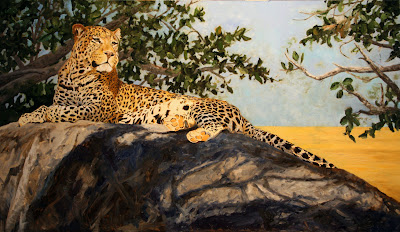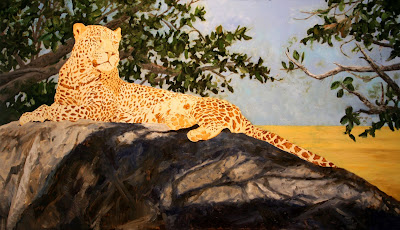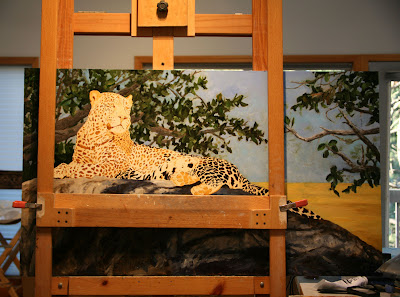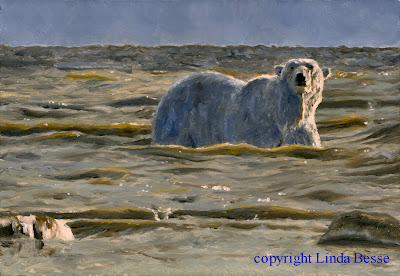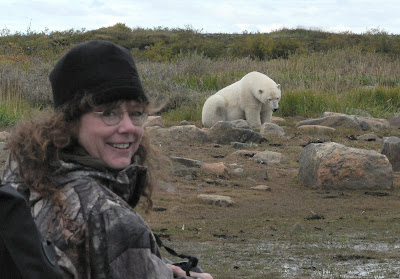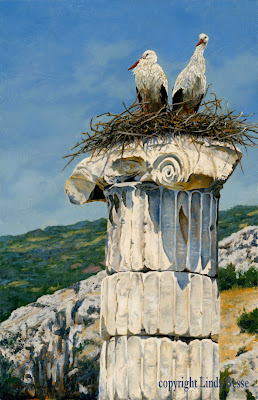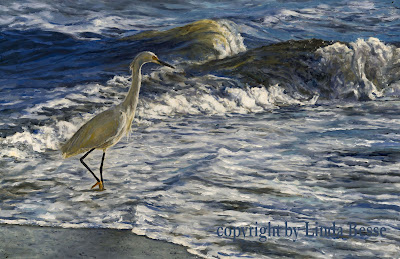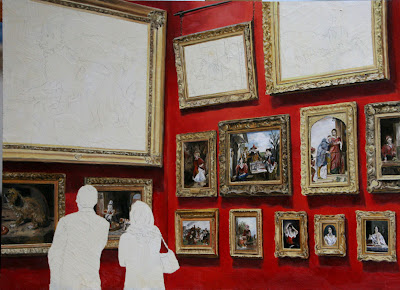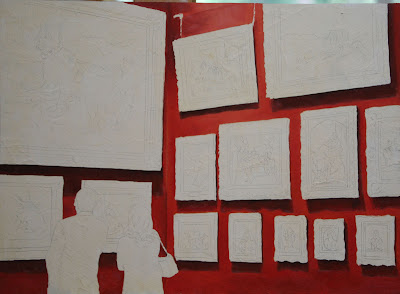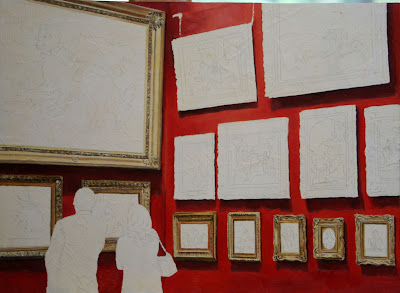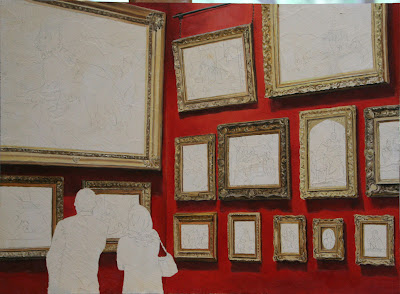I hope you are having a wonderful Christmas!
Our household of two has expanded to 13 for a week of Holiday Festivities (Christmas plus two birthdays thrown in, the 23rd and the 24th.) We have family from Massachusetts, Colorado, and Texas enjoying our snow-covered home.
In the past couple days, I have had a chance to get in a few hours on my polar bear piece. The rocks still need more work but I am moving on to some of the shadows with the bear. Once the darker areas are roughed in, I will paint the "white" fur and then head back to the rocks.
.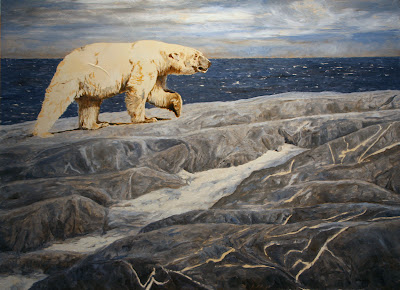
Our household of two has expanded to 13 for a week of Holiday Festivities (Christmas plus two birthdays thrown in, the 23rd and the 24th.) We have family from Massachusetts, Colorado, and Texas enjoying our snow-covered home.
In the past couple days, I have had a chance to get in a few hours on my polar bear piece. The rocks still need more work but I am moving on to some of the shadows with the bear. Once the darker areas are roughed in, I will paint the "white" fur and then head back to the rocks.
.








